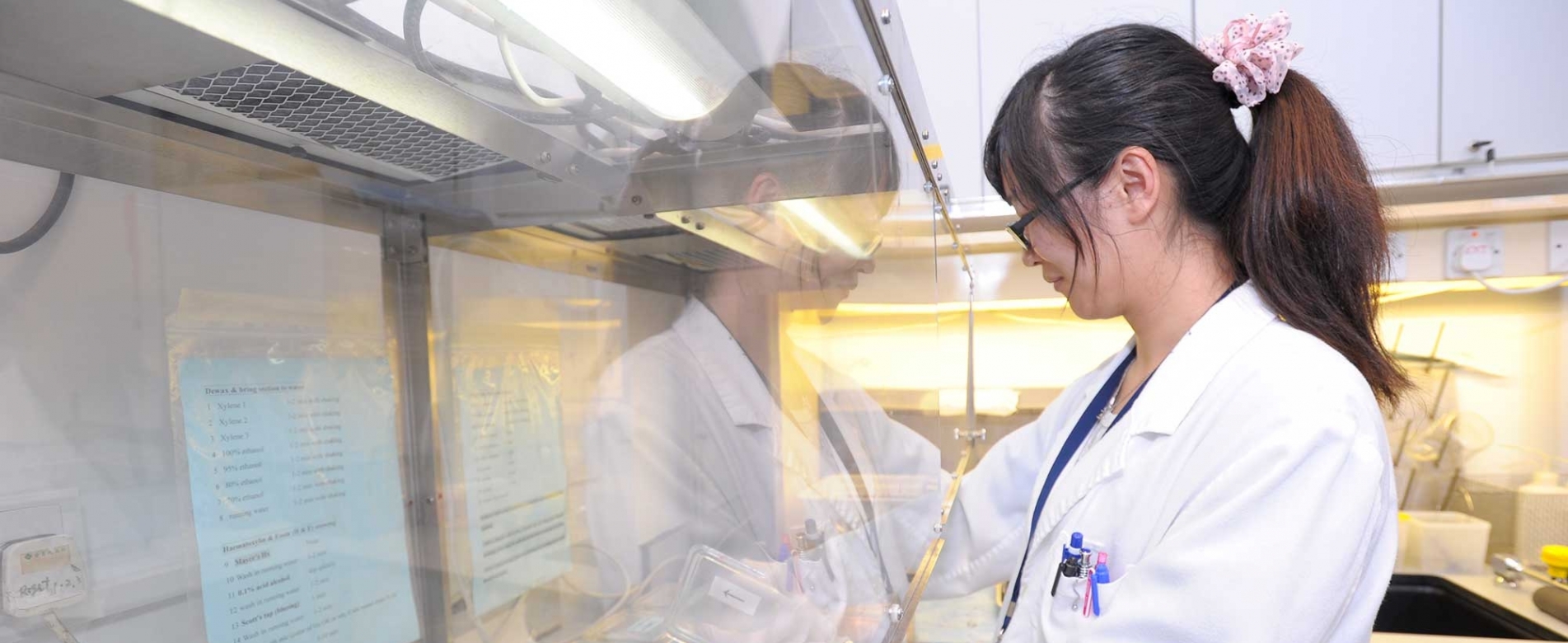Tissue Engineering for Regenerative Medicine
functional, biomimetic biomaterials with tissue and disease modification activities
Biomaterial fabrication and development
Mechanically-graded biomaterial for bone-tendon repair. (B) Bone-like and (C) tendon-like tissue patterning on mechanically-graded biomaterial in vivo. Tri, trichrome. With the combined use of macroscale biomechanical (material stiffness) and biochemical cues (growth factor biopatterning), Prof. Michelle Wang's [...]
Extracellular matrix biology and regenerative medicine
Urea-extracted tissue ECM exhibits tissue-specific bioactivity. (A) Effect of soluble urea extracted ECMs on human mesenchymal stem cells (hMSCs) pellet culture. Gene expression analysis on D21 showed tenogenesis of tendon ECM (tECM) and chondrogenesis of [...]
Musculoskeletal Tissue Engineering and Regeneration
The musculoskeletal system is an intricate network comprised of hard and soft tissues including bone, tendon, and muscle and functions to facilitate body movement. Injuries and diseases affecting the musculoskeletal system dramatically impacts our quality [...]
Fine-tuning three-dimensional microenvironments for tissue engineering
ECM-derived proteins and carbohydrates are advantageous biopolymers for engineering of biocompatible and cell-supportive hydrogels. By fine-tuning mechanical properties and biochemical compositions these hydrogels can be utilized as a simplified version of cellular microenvironments for tissue [...]
Blood-derived angiogenic cells (BDACs) with a pericytic phenotype for the treatment of ischemic diseases
Not all pericytes are mesenchymal stem cells (MSCs). Indeed, specifically during angiogenesis pericytes of hematopoietic origin were demonstrated to be the major supportive cell type1, 2. Figure 2: BDACs enhance endothelial sprouting in vitro and [...]
Engineering of bio-instructive matrices in vitro
The ECM is a biomaterial designed by nature, which has undergone more than 500 million years of material optimization. It signals cells using a combination of three major communication planes (biochemical composition, biomechanical properties and [...]







